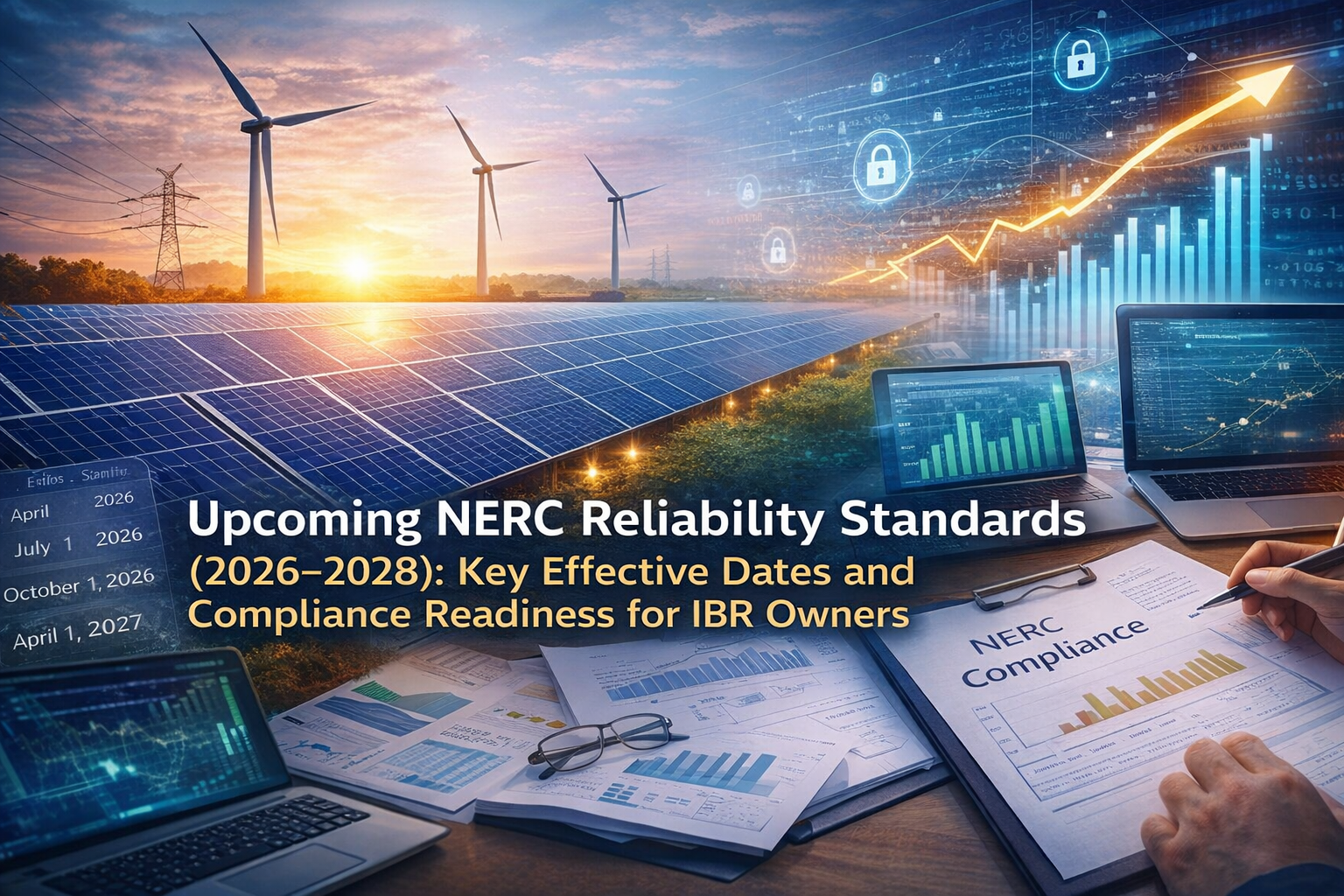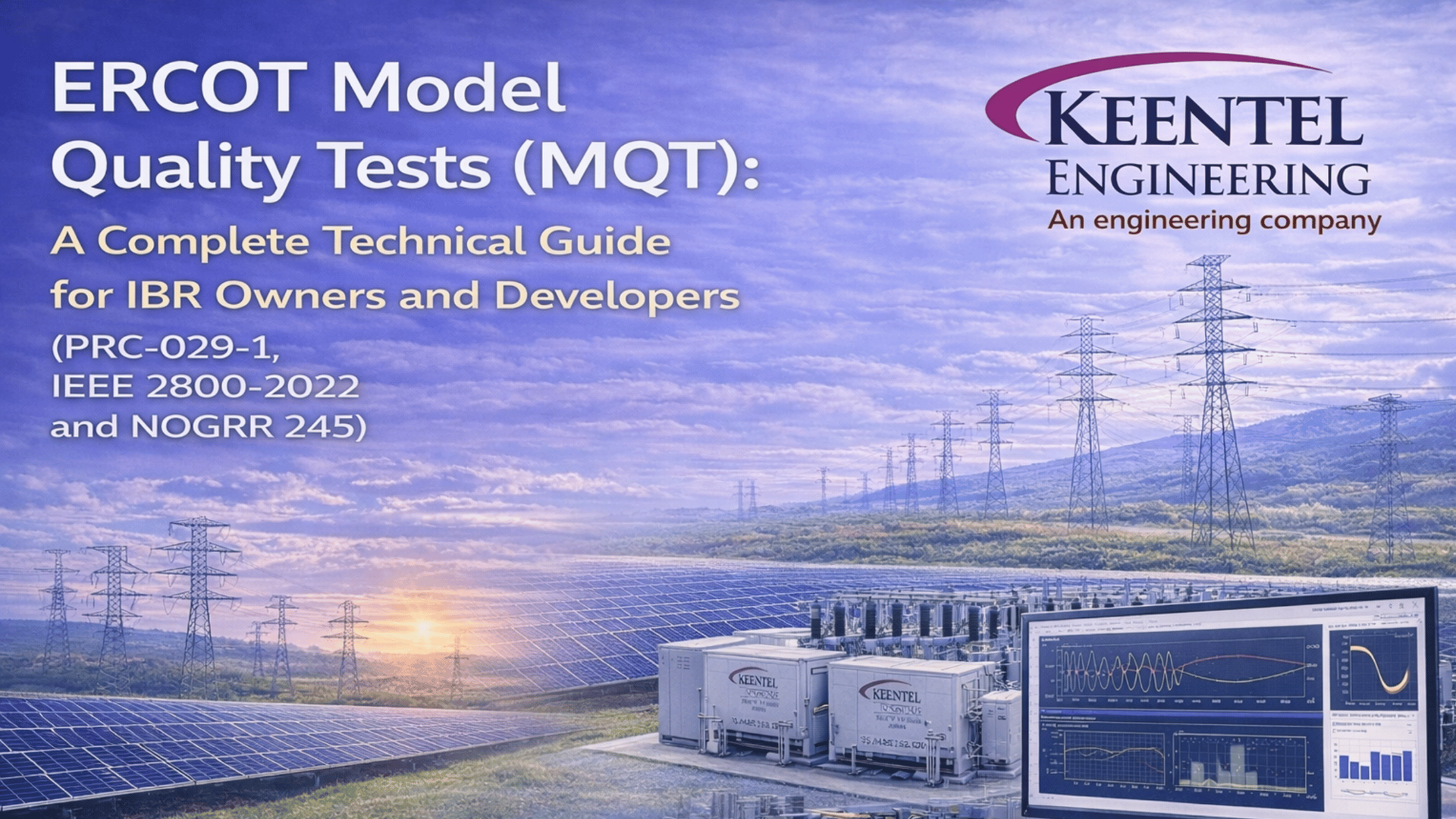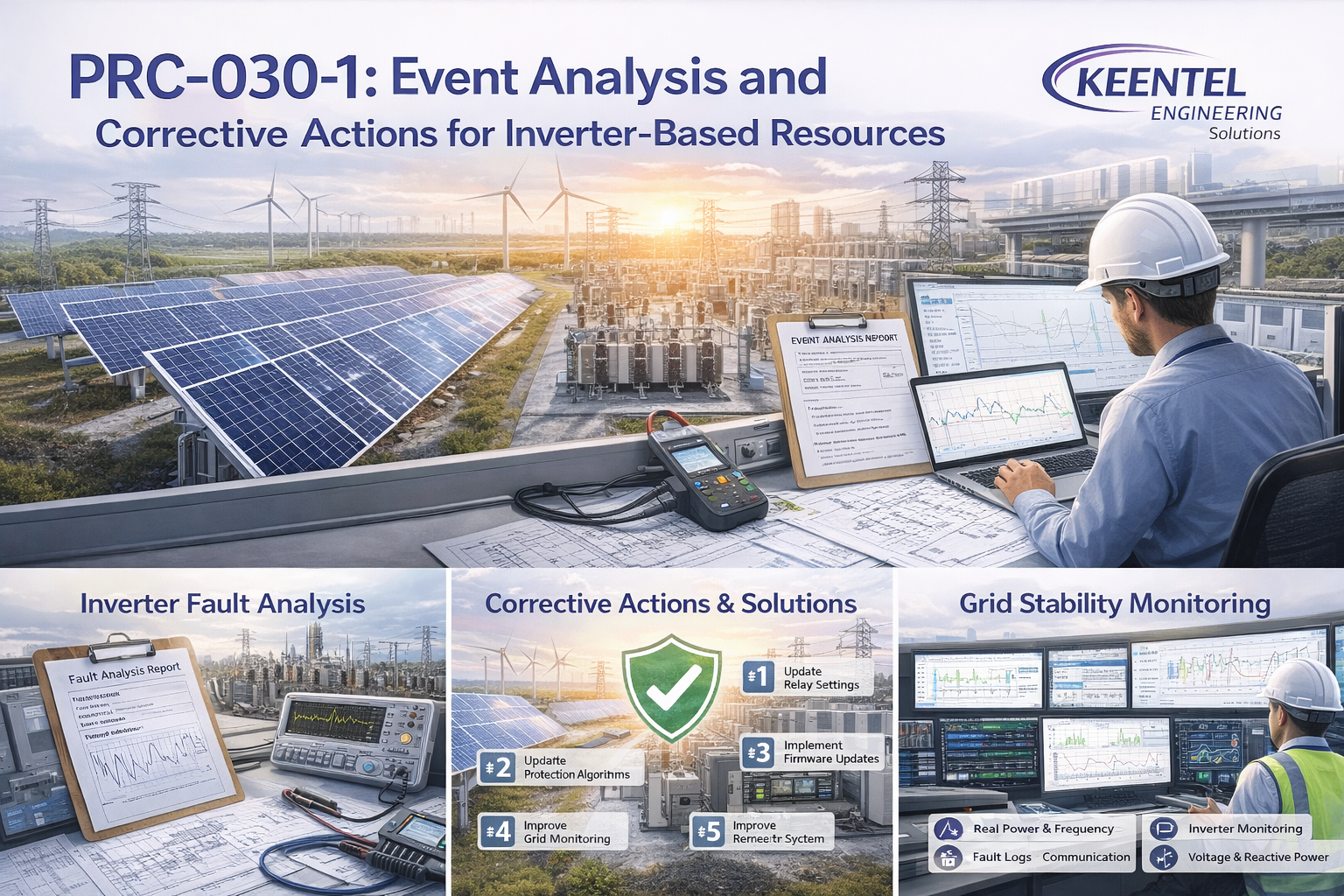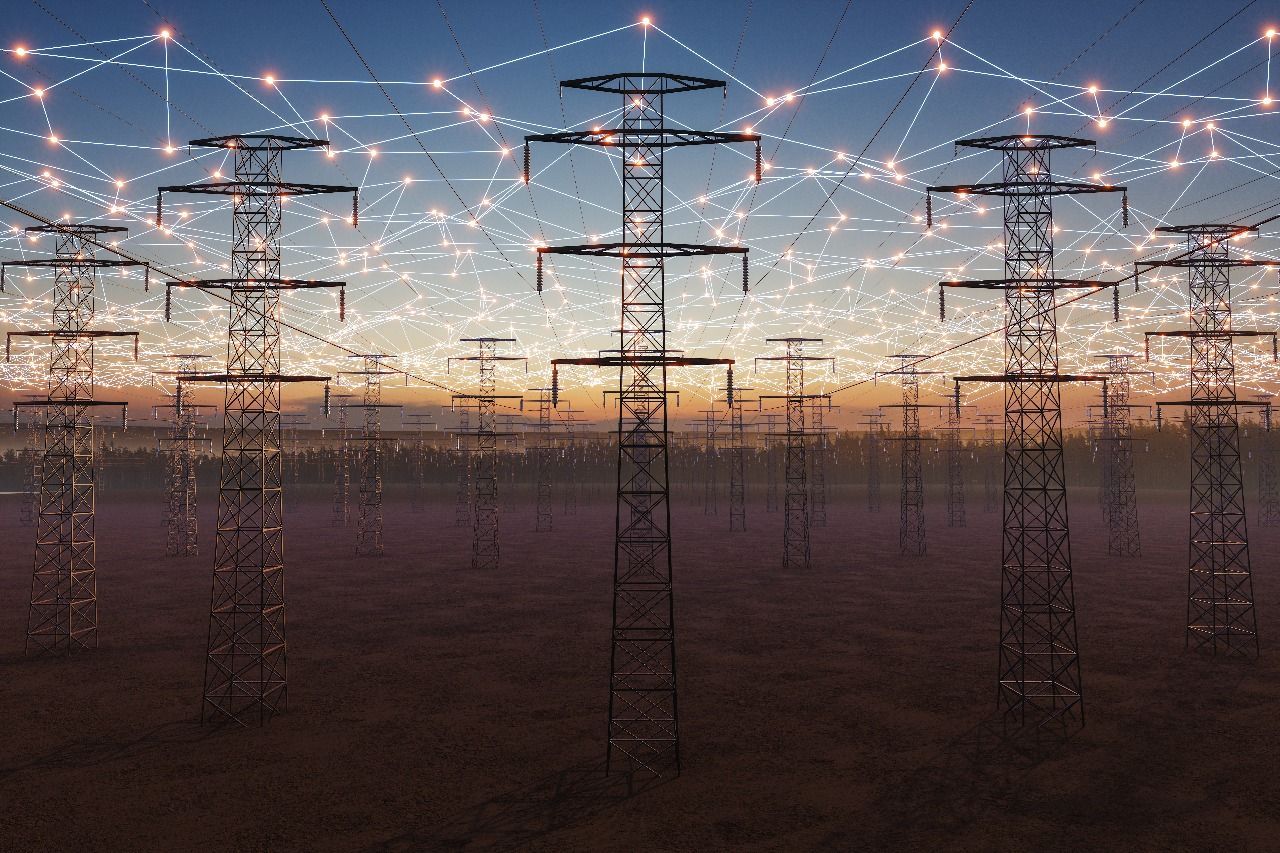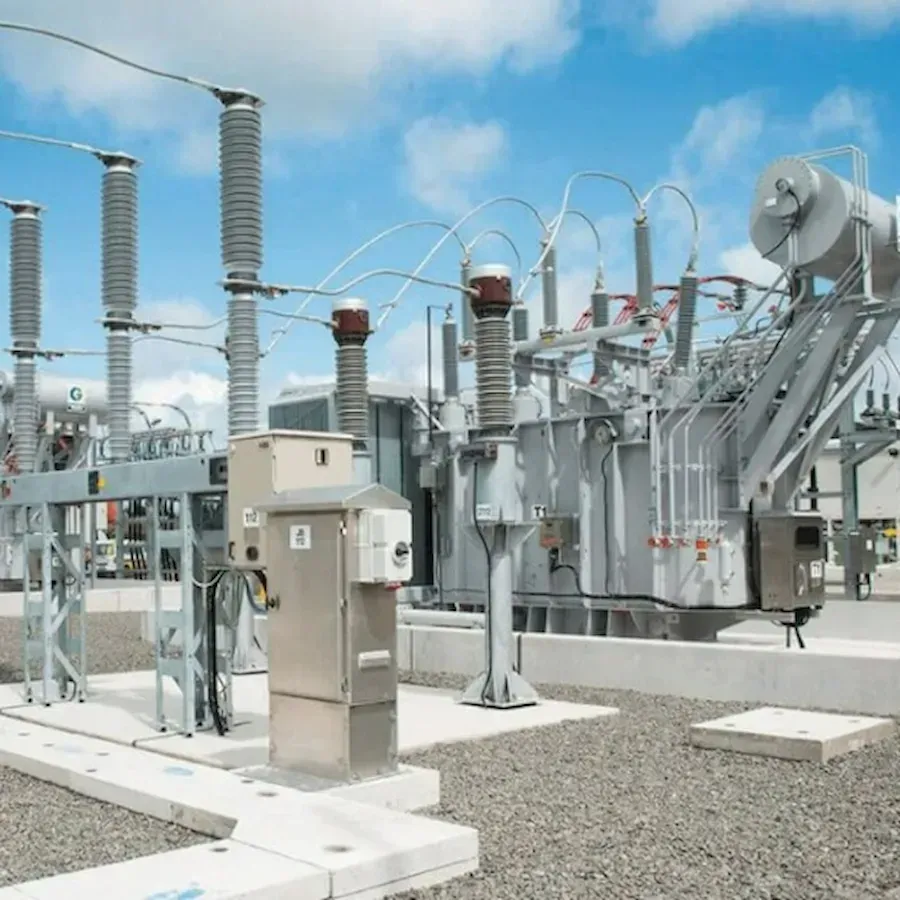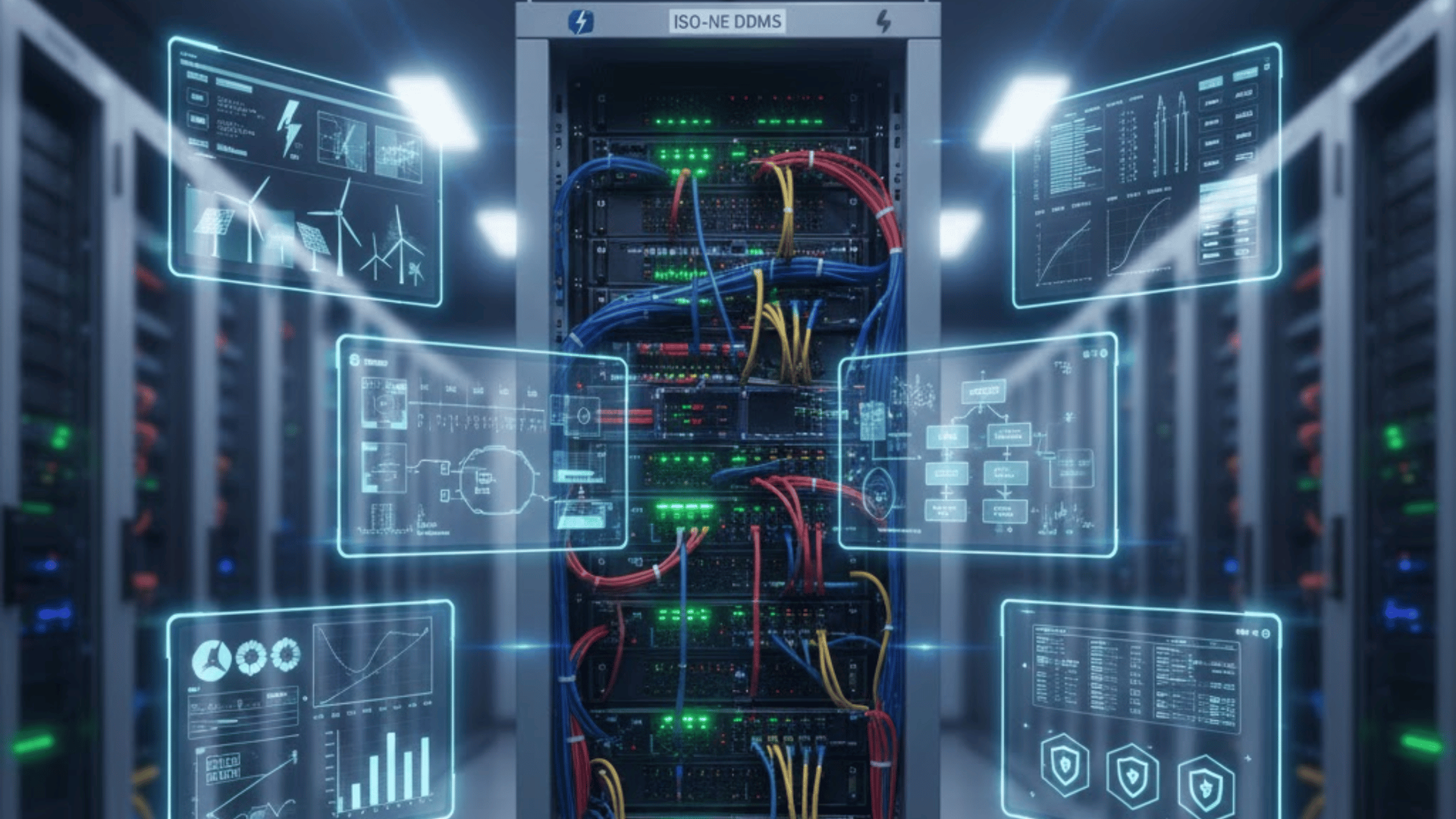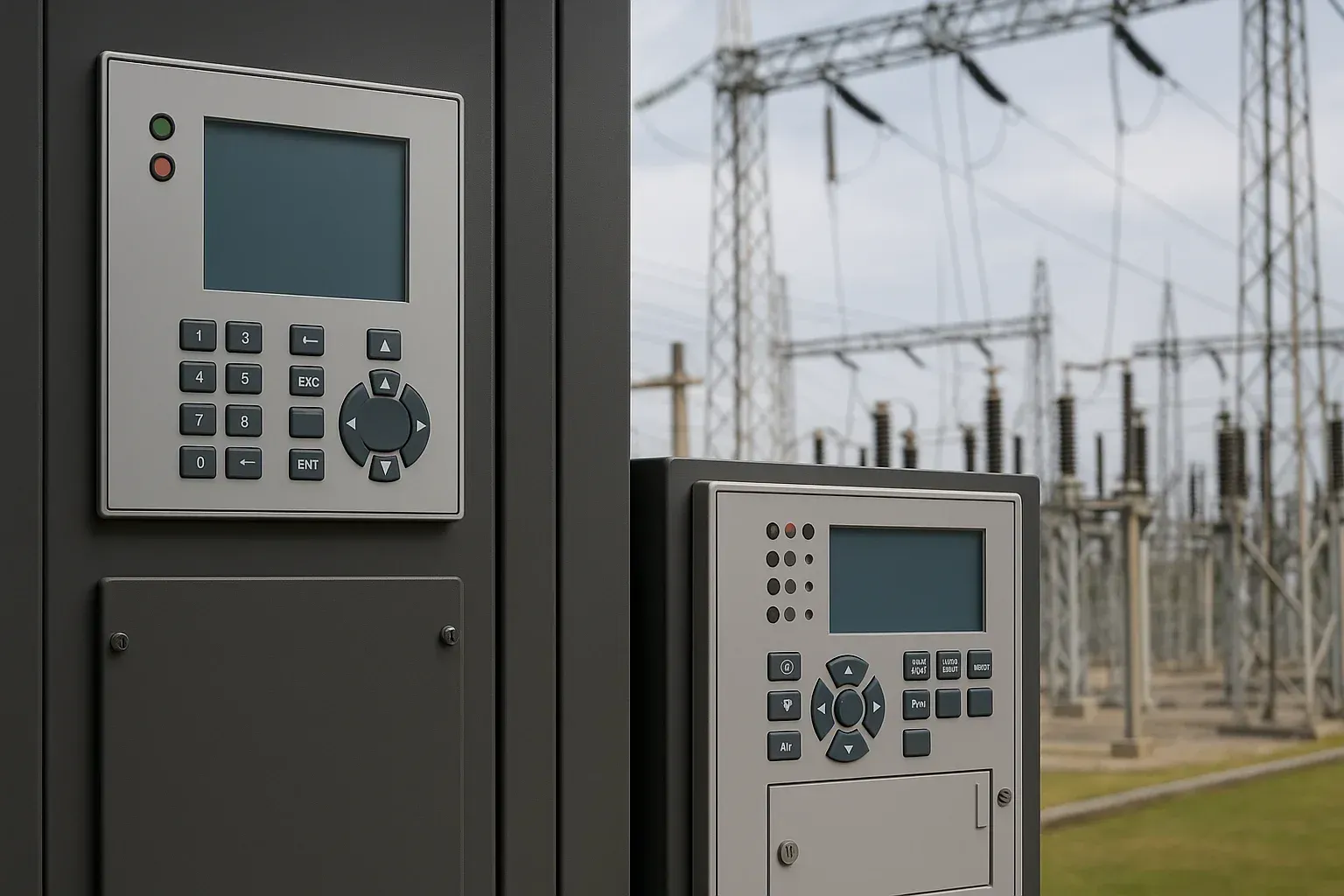Distribution vs Sub-Transmission vs Bulk Electric System: An Interconnection Guide
May 1, 2025 | Blog

At Keentel Engineering, we track every update to U.S. interconnection policy so clean-energy projects can connect quickly and safely—whether they land on distribution, sub-transmission, or Bulk Electric System (BES) circuits. Grid-modernization programs, led by the U.S. DOE’s Interconnection Innovation e-Xchange (i2X) plus new NERC “bright-line” rules and IEEE 1547/2800 standards, are sharpening—but still shifting—the boundaries that decide which requirements a project must meet.
This guide distills the latest definitions, regulatory triggers, and compliance checkpoints you need to know—and shows how Keentel Engineering steers developers, utilities, and financiers through each interconnection path with confidence.
Understanding Each Grid Segment
1. Distribution System (< 46 kV)
Often called the “last mile,” the distribution network moves power from local substations to homes and businesses. Common voltages—34.5 kV, 23 kV, 12.47 kV—flow through feeders, transformers and protective devices situated between the high-voltage transmission grid and the customer meter.
2. Sub-Transmission System (46 – 138 kV)
Sitting between transmission and distribution, sub-transmission lines back-feed multiple distribution substations. IEEE 2800 notes that these voltages can overlap upper-end distribution levels, creating grey areas for DER interconnection and compliance.
3. Bulk Electric System (BES) (≥ 100 kV)
NERC’s “bright-line” definition captures facilities operating at 100 kV and above, single generators > 20 MVA, or aggregated plants > 75 MVA—unless they are used solely for local distribution. FERC Order 888’s seven-factor test further determines whether assets above 100 kV remain classified as distribution rather than BES.
Need a turnkey plan for your point of interconnection? Explore our Substation Design Services to see how Keentel delivers PE-sealed layouts, relay settings, and grounding designs that sail through utility review.
Why the Right Classification Matters
- Interconnection requirements – Each segment triggers a different rulebook: IEEE 1547 for most distribution DERs, IEEE 2800 for large inverter-based resources on sub-transmission, and full NERC registration for Bulk Electric System assets.
- DER sizing implications – Installations < 20 MVA often pass through streamlined screens, while larger plants face bulk-power-system (BPS) studies and protection upgrades.
- Hosting-capacity limits – Mislabeling a feeder or bus can slash the megawatts the circuit can safely absorb, delaying or downsizing projects.
- Compliance & risk – An incorrect tag can suddenly pull the owner into NERC CIP, PRC and MOD mandates—adding costly audits and penalties.
Keentel Engineering maps each project to the correct segment, designs to the applicable standard, and shepherds the filing—so your solar, wind, storage or T&D upgrade interconnects smoothly at distribution, sub-transmission or BES level.
Frequently Asked Questions
Q1 What voltage marks the beginning of the Bulk Electric System (BES)?
Transmission elements operating at 100 kV and above are normally classified as BES.
Q2 How is a distribution system defined?
It carries power from the transmission system to end-users and typically operates below 46 kV.
Q3 What is sub-transmission?
The intermediate network—46 kV to 138 kV—that links transmission and distribution substations.
Q4 Where does IEEE 1547 apply?
It sets interconnection requirements for DERs on distribution voltages.
Q5 What changed in IEEE 1547-2018?
Voltage and size limits were removed, making the standard more flexible but less explicit.
Q6 When does IEEE 2800 supersede IEEE 1547?
For large inverter-based resources (IBRs) connected at sub-transmission levels.
Q7 How does NERC define the BES?
A “bright-line” test: assets ≥ 100 kV—with listed exceptions—plus generators > 20 MVA or aggregated > 75 MVA.
Q8 What does FERC Order 888 add?
Facilities > 100 kV are not automatically BES; the 7-factor test determines if they’re still distribution.
Q9 What is hosting capacity?
The DER megawatts a circuit can absorb without compromising reliability or safety.
Q10 Why is accurate DER classification critical?
It dictates study scope, compliance obligations and grid-reliability risk.
Q11 What is a Point of Common Coupling (PCC)?
The grid interface where a DER interconnects.
Q12 How does aggregate capacity affect standards?
Multiple small units can exceed thresholds, triggering BES or IEEE 2800 rules.
Q13 What is NERC’s SPIDER Working Group?
A committee developing DER-related grid-reliability functions and standards.
Q14 How does the DOE i2X program influence interconnection?
i2X drives research and best practices to simplify, speed and standardise clean-energy interconnections.
Q15 What are i2X’s primary goals?
Fairness, simplicity and faster timelines through collaborative innovation.
Q16 Does hosting-capacity analysis cover sub-transmission?
Mostly distribution, but sub-transmission is included when DERs impact it.
Q17 What is the DOE’s broader role in grid definitions?
Facilitating nationwide dialogue and research to refine distribution, sub-transmission and BES boundaries.
HQ18 Are behind-the-meter resources DERs?
Yes—if they can export energy to the grid.
Q19 How are local networks treated under BES rules?
Radial or networked systems < 300 kV that aren’t critical for transfers are generally excluded.
Q20 What if a DER threatens transmission reliability?
Even a distribution-level DER may trigger NERC compliance and mitigation studies.
Keentel Engineering in Action — Interconnection Case Studies
Case 1 | 20 MW Solar + Storage at 34.5 kV
- Challenge: Confirm eligibility for a streamlined distribution interconnection.
- Solution: Applied IEEE 1547 mapping to prove the project was below Bulk-Power thresholds; no BES studies required.
- Result: Utility approval five months faster than standard—avoided extra BPS compliance costs.
Case 2 | 25 MW Wind Farm on 69 kV Sub-Transmission
- Challenge: Determine whether IEEE 1547 or the new IEEE 2800 rules governed the IBR interconnection.
- Solution: Coordinated with the local balancing authority; adopted IEEE 2800 settings and protection tweaks without redesign.
- Result: First project in the region to interconnect under IEEE 2800—on schedule and fully compliant.
Case 3 | 115 kV Radial Line—BES vs. Local Distribution
- Challenge: Financing stalled after regulators hinted the line might be classified as Bulk Electric System.
- Solution: Performed a FERC Order 888 seven-factor test; demonstrated the facility’s local-distribution function.
- Result: Project was exempted from NERC BES registration, cutting regulatory costs by >$500 k and clearing the path to financial close.
Conclusion
In today’s fast-moving clean-energy market, correctly classifying your project—distribution, sub-transmission, or Bulk Electric System—is the difference between a smooth interconnection and months of costly rework. Keentel Engineering couples decades of grid-integration experience with up-to-the-minute knowledge of IEEE 1547, IEEE 2800, NERC “bright-line” rules, and the DOE i2X roadmap. The result: faster approvals, bulletproof compliance, and maximum project value.
Ready to take the guesswork out of interconnection?
Let Keentel Engineering turn complex standards into a clear, cost-effective path to energization.
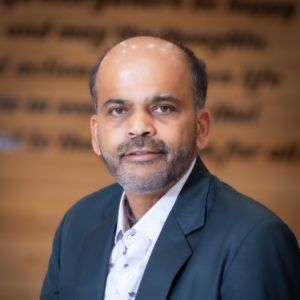
About the Author:
Sonny Patel P.E. EC
IEEE Senior Member
In 1995, Sandip (Sonny) R. Patel earned his Electrical Engineering degree from the University of Illinois, specializing in Electrical Engineering . But degrees don’t build legacies—action does. For three decades, he’s been shaping the future of engineering, not just as a licensed Professional Engineer across multiple states (Florida, California, New York, West Virginia, and Minnesota), but as a doer. A builder. A leader. Not just an engineer. A Licensed Electrical Contractor in Florida with an Unlimited EC license. Not just an executive. The founder and CEO of KEENTEL LLC—where expertise meets execution. Three decades. Multiple states. Endless impact.
Services
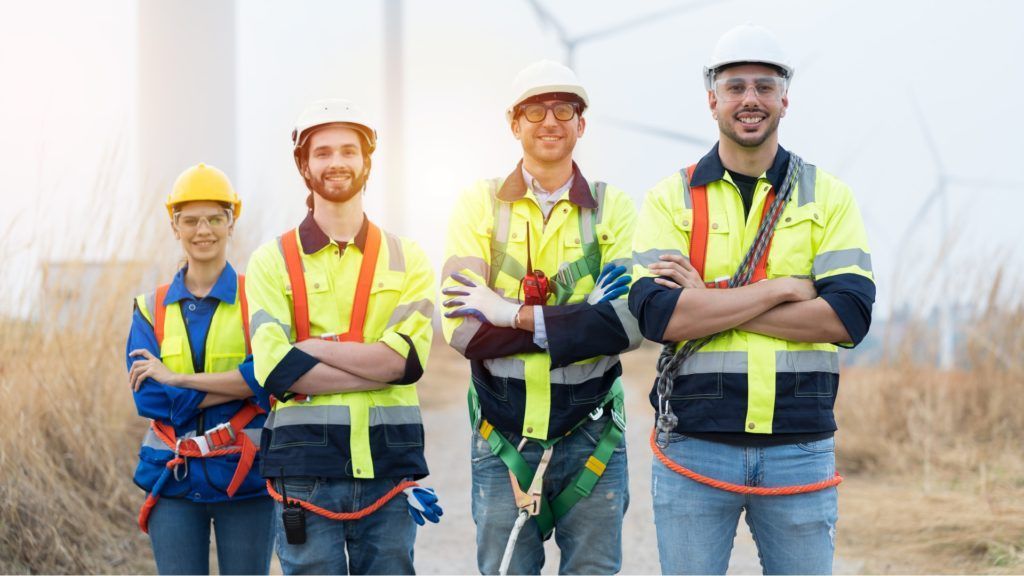
Let's Discuss Your Project
Let's book a call to discuss your electrical engineering project that we can help you with.

About the Author:
Sonny Patel P.E. EC
IEEE Senior Member
In 1995, Sandip (Sonny) R. Patel earned his Electrical Engineering degree from the University of Illinois, specializing in Electrical Engineering . But degrees don’t build legacies—action does. For three decades, he’s been shaping the future of engineering, not just as a licensed Professional Engineer across multiple states (Florida, California, New York, West Virginia, and Minnesota), but as a doer. A builder. A leader. Not just an engineer. A Licensed Electrical Contractor in Florida with an Unlimited EC license. Not just an executive. The founder and CEO of KEENTEL LLC—where expertise meets execution. Three decades. Multiple states. Endless impact.
Leave a Comment
We will get back to you as soon as possible.
Please try again later.



